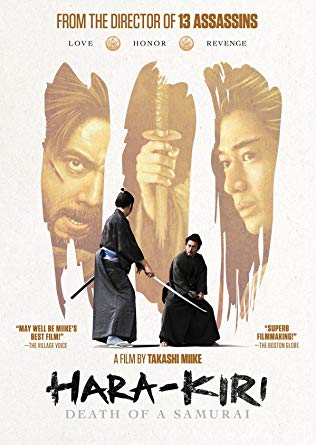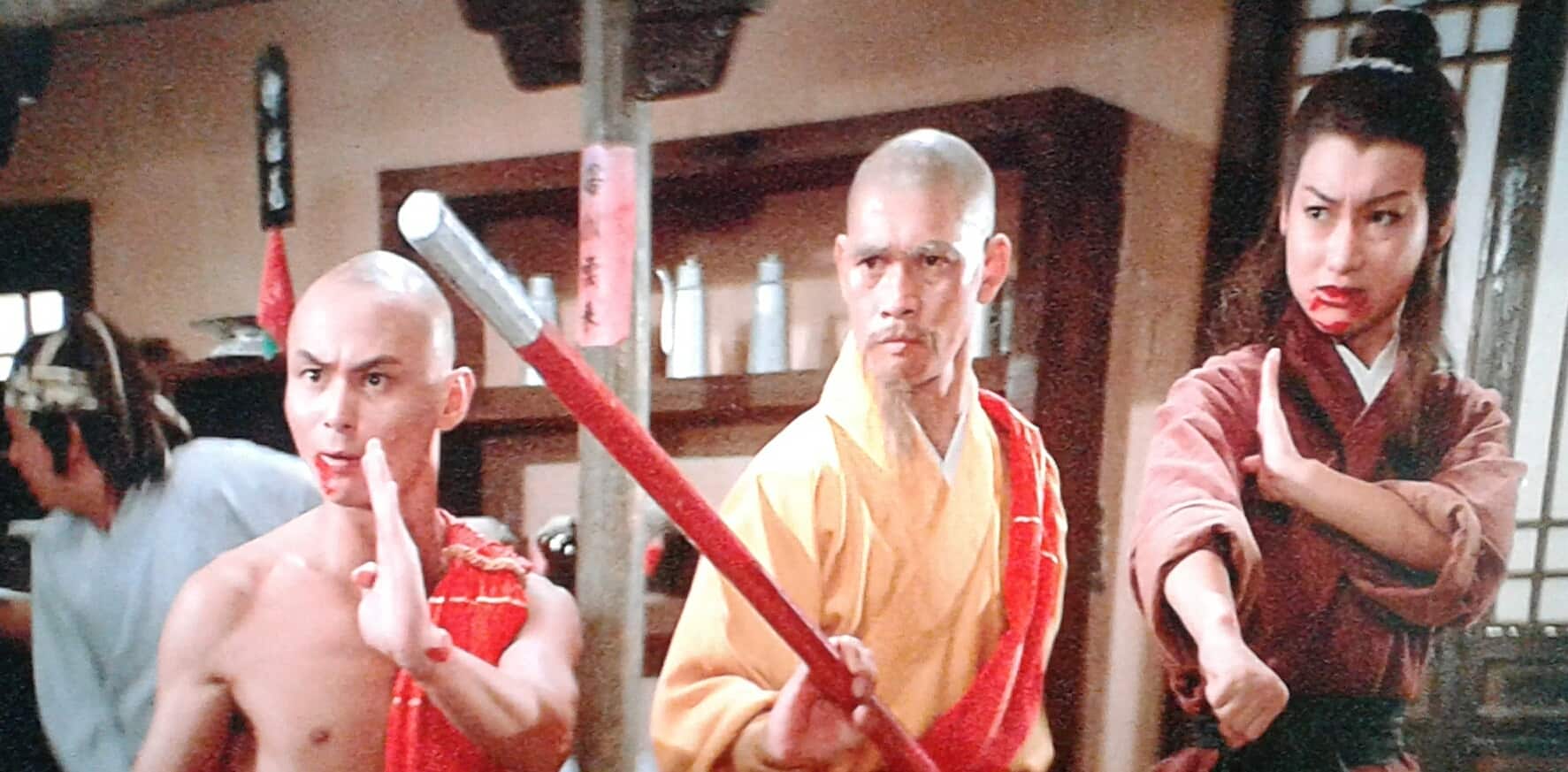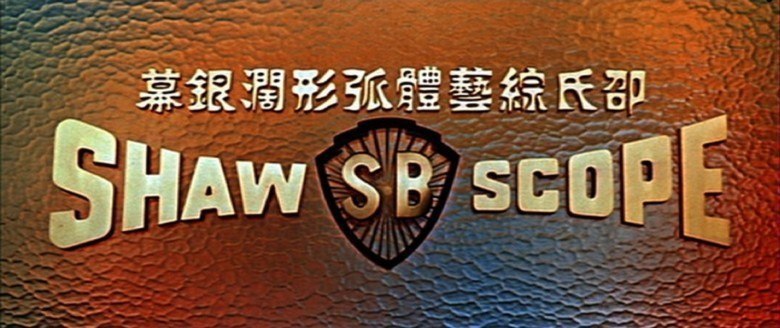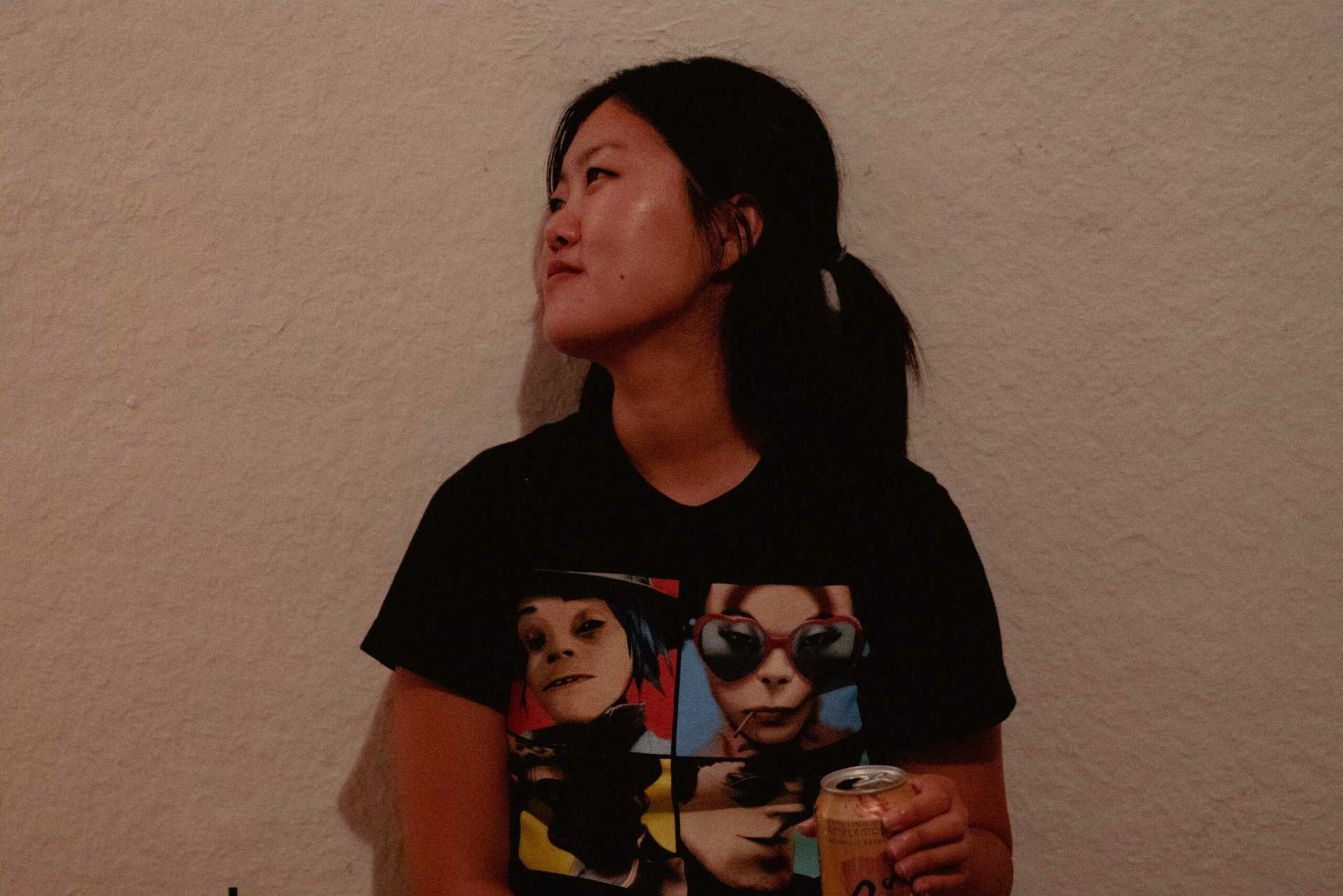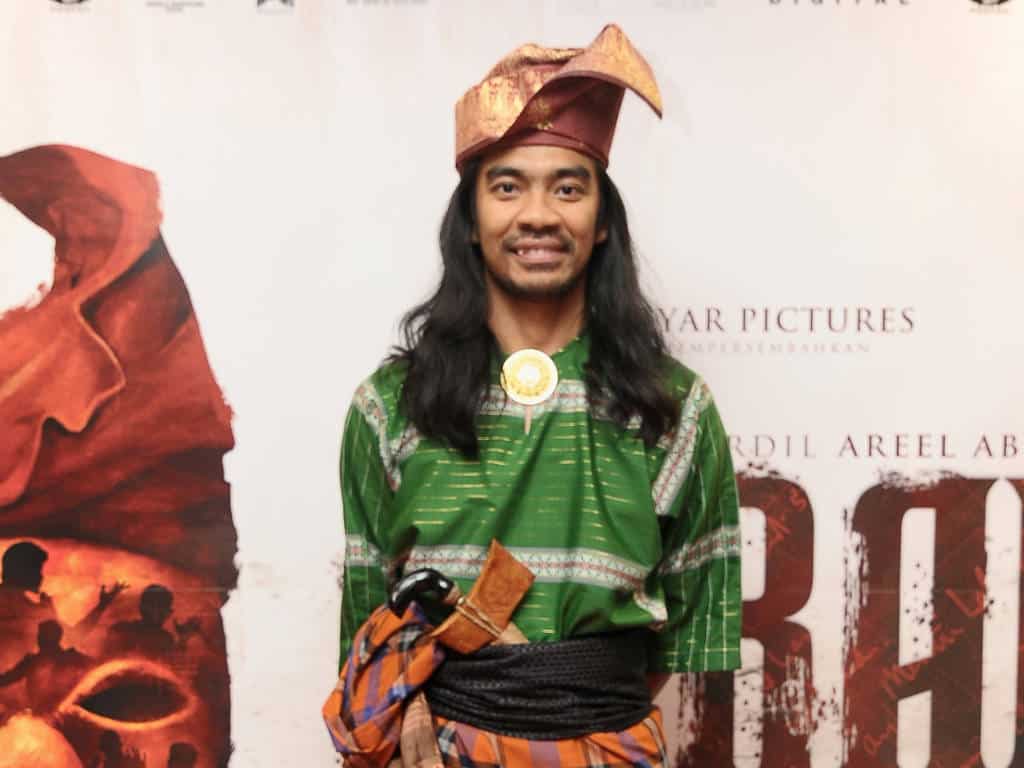11. Ichi (Fumahiko Sori, 2008)
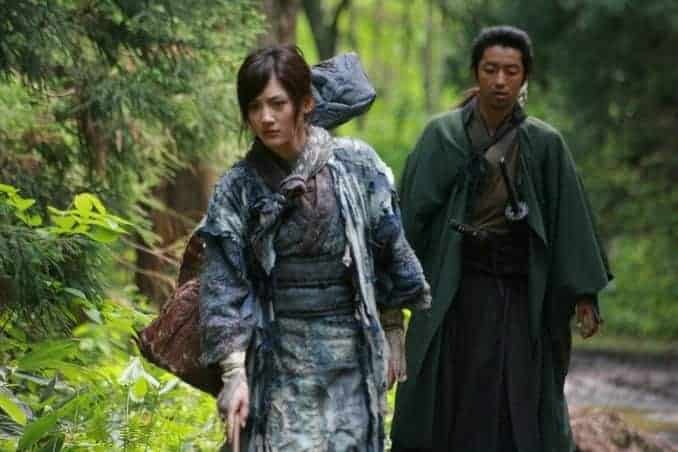
Adapted from a manga comic, “Ichi” puts a female slant on the classic tale. It shares the same universe as the iconic blind swordsman. This is the story of a blind gozo singer, who, exiled from her troupe after being assaulted and raped she wonders across Japan seeking her mentor (the original Zatoichi). On this journey, she encounters a ronin who is unable to draw his sword after accidentally blinding his mother. A well-crafted movie that served up the familiar tropes whilst offering something fresh and playing with expectations. In a genre where tradition is for a hero to seek a good death, this movie instead focuses on it's leads finding a reason to live. Featuring strong performances, especially Haruka Ayase as the titular character and solid action amidst the drama, it is a worthy modern addition to the Zatoichi canon. (Ben Stykuc)
Buy This Title
12. Samurai Zombie (Tak Sakaguchi, 2008)
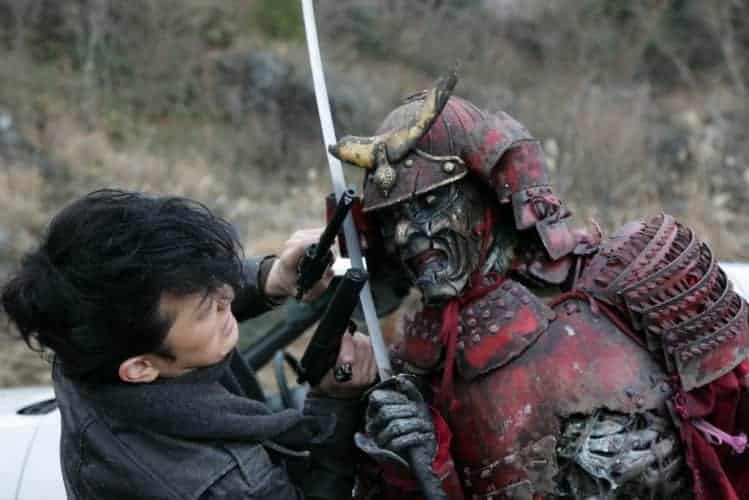
If the concept of pairing samurais, zombies, cops and thieves, and an innocent family was not enough, the creators also included some humorous moments, chiefly resonating from the policemen who, at times, even address the camera. Although the film is somewhat restrained in terms of gore, at least when compared with the creators' other splatter works, the constant and unexpected killing of various protagonists largely compensates for the lack of constant bloodbaths. (Panos Kotzathanasis)
Buy This Title
13. Musashi: The Dream of The Last Samurai (Mizuho Nishikubo, 2009)


“Musashi: The Dream of The Last Samurai” is an unusual anime film. It is a documentary in which a cute CGI professor sheds a light on the myths about this legendary Japanese swordsman. The film is presented as a lecture with film fragments to illustrate the professor's points. For this a plethora of different animation styles and techniques are used: cut out animation, gorgeous 2D, different CGI styles and even some from life action shots. The screenplay is written by “Ghost in the shell” director Mamoru Oshii and, it is interesting to see how the experimental style of earlier, lesser known works such as “Minipato” have influenced this film. (Nancy Fornoville)
Buy This Title
14. Scabbard Samurai (Hitoshi Matsumoto, 2010)
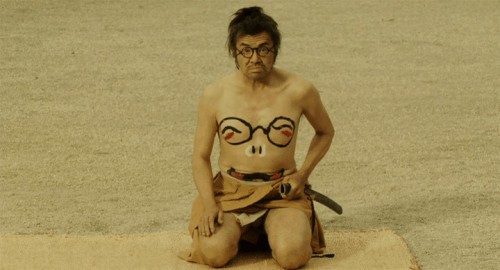
Although the regular craziness of Matsumoto is evident once more here, this particular film has a clear narrative structure, in contrast to the rest of his titles. Furthermore, “Scabbard Samurai” has a touching family dramatic element that takes place between the two protagonists, although it is hidden between the absurdities of Nomi's efforts to make the prince laugh. Matsumoto drew heavily from Nomi Takaaki's comic appearance, who is actually an amateur comedian that initially appeared in a talent show the director presented. He plays a clown-like character that is willing to use extreme measures in order to achieve his goal. Moreover, he does so in a humiliating and ridiculous fashion, maintaining his apparent detachment. Through him, Matsumoto presents a comment about the entertainer as a concept, someone who is willing to do anything to entertain his audience. (Panos Kotzathanasis)
Watch This Title
15. Sword of Desperation (Hideyuki Hirayama, 2010)

The most evident trait of Hideyuki Hirayama's film is the way the story unfolds, with the two axes being wonderfully implemented, and the build up to the shocking and violent finale being truly exquisite. This aspect benefits the most by the great job done in the editing, with the succession of the time frames being of the best assets of the narrative. (Panos Kotzathanasis)
Buy This Title
16. 13 Assassins (Takashi Miike, 2010)
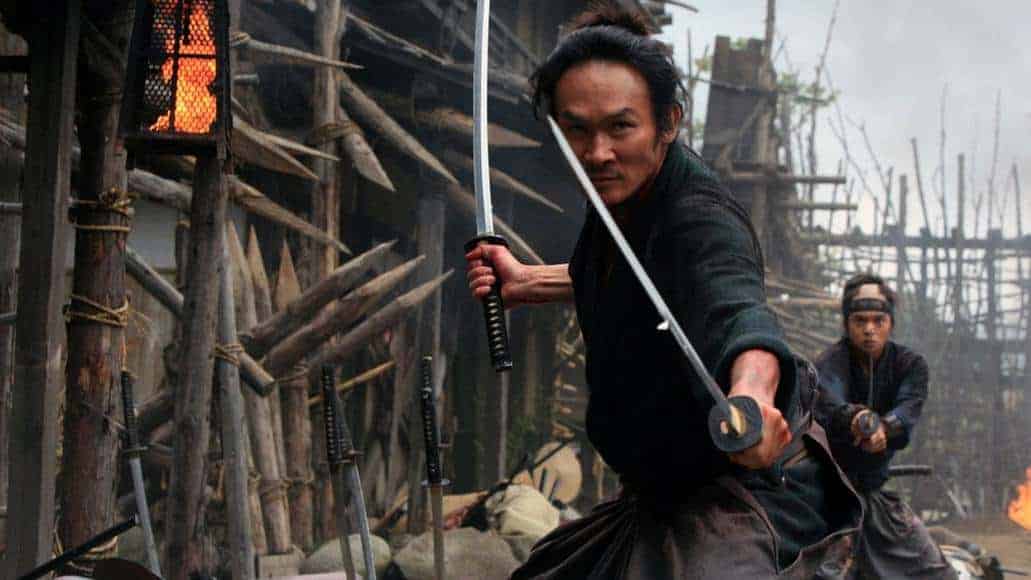
Miike took the former film and added violence, blood, and slapstick humor (the scene with the mayor is preposterously hilarious), thus transforming it into his own unique style. The movie is split into two parts: the initial one has almost no action, apart from Naritsugu's violent acts that are shot in Miike's typically extreme fashion; the second is filled with impressive battle scenes, where the large budget of the film becomes obvious. (Panos Kotzathanasis)
Buy This Title

17. Hara-Kiri: Death of a Samurai (Takashi Miike, 2011)

“Hara-Kiri: Death of a Samurai” is a strange concept to begin with: a 3D reimagining of a classic that is still held in high regard. For the uninitiated, Miike's film has a lot to enjoy, chief being the story that it carries from the original film and the novel that it was based on while giving it a lovely modern polish and some spectacular cinematography combined with a fantastic score. For those that know and adore the original, however, it might just fell like an exercise in futility. (Rhythm Zaveri)
Buy This Title
18. Rurouni Kenshin Trilogy (Keishi Ohtomo, 2012, 2014)
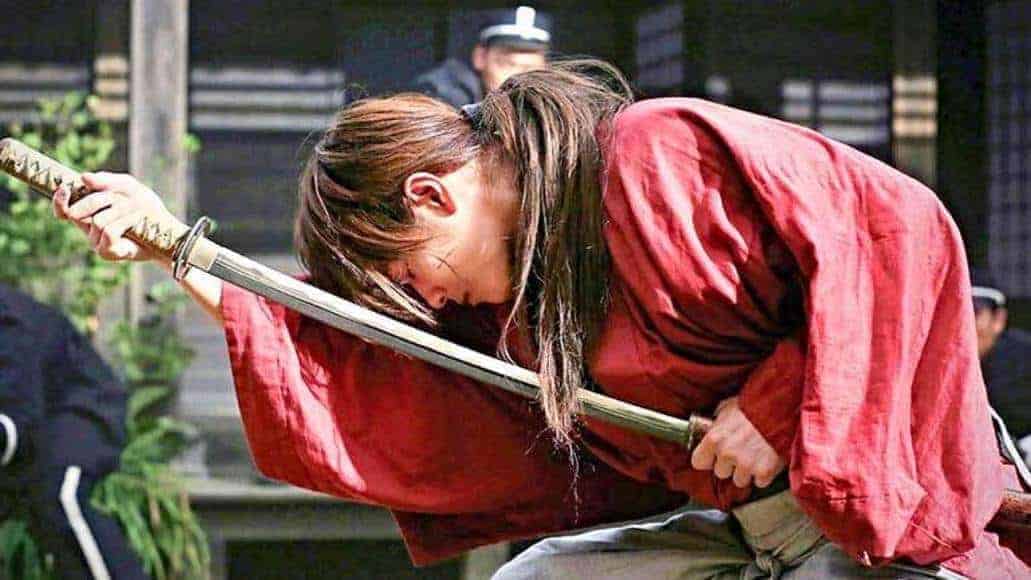
Of course, with this kind of title, the action is probably the most important aspect and the result in that department, is even more impressive. The abilities of the aforementioned actors (and the stuntmen of course) benefit and are benefited the most by the exceptional action and stunts choreographies by Kenji Tanigaki and Takahito Ouchi, who focused on the speed of the scenes with great results. Tsuyoshi Imai's editing also implements this speed with many and well placed cuts, while the slower pace he implements in the non-action scenes also works quite well for the overall narrative. DOP Takuro Ishizaka's camera follows the action artfully, while he does not fail to highlight the beauties and the ugliness of the various settings the story takes place (Panos Kotzathanasis)
Buy This Title
19. Unforgiven (Lee Sang-il, 2013)

Clint Eastwood's seminal western is transposed to a late 19th century Japan and further demonstrates the parallel between the samurai movie and the western. A dark brooding tale of displaced samurai and the coming of the modern age that has no place for them. This is a remake that is actually enhanced by its new setting. Ken Watanabe excels as Jubai the Killer, a man seeking to bury his past only to find the violence within resurfacing as he reluctantly joins an old war colleague on a mission to kill two settlers for the scaring of a prostitute. Steadily paced, beautifully shot with sudden and at times shocking outbursts of violence. It's a world devoid of glamour, the samurai code reduced to the law of survival and a meditation of what it takes to be a killer and the consequence it leaves on a persons psyche. Worth investigating the time in watching. (Ben Stykuc)
Buy This Title
20. Blade of the Immortal (Takashi Miike, 2017)
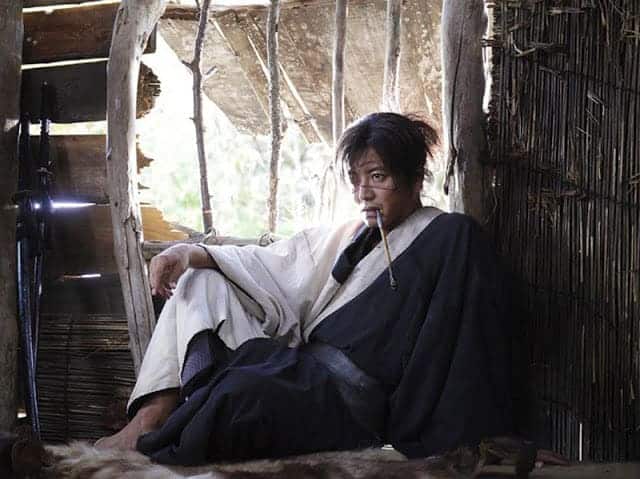
Slightly aging, massive pop star Kimura Takuya fits well in the moody and battered Manji's shoes and he manages to infuse it with the right amount of sense of humor and grumpiness. Sugisaki Hana as Rin does her best but her character is not very well developed by the script, and therefore the couple suffers from a lack of chemistry. Fukushi Sota is Asano, a bit too boy-band-faced for the part maybe, but one can't say he is not consistent with the whole Ittō-ryū bunch and their camp Manga aesthetic. The movie launched at Cannes last spring and sold out tickets literally minutes after its opening sale at BFI London Film Festival. (Adriana Rosati)



